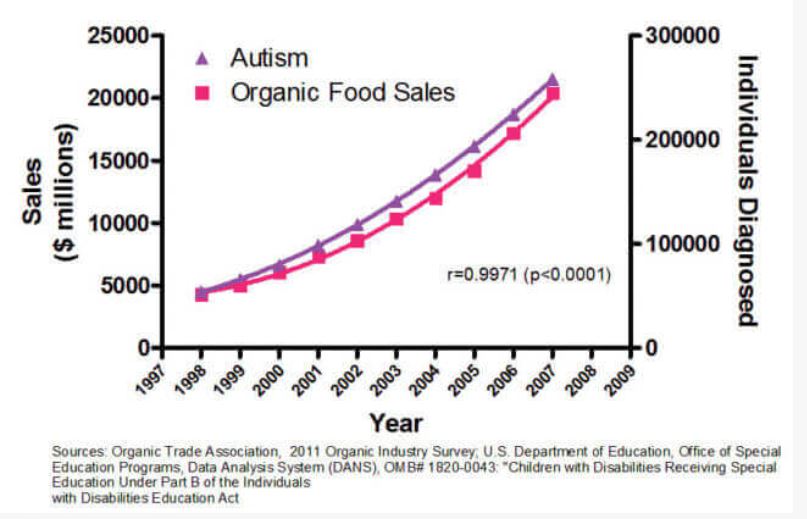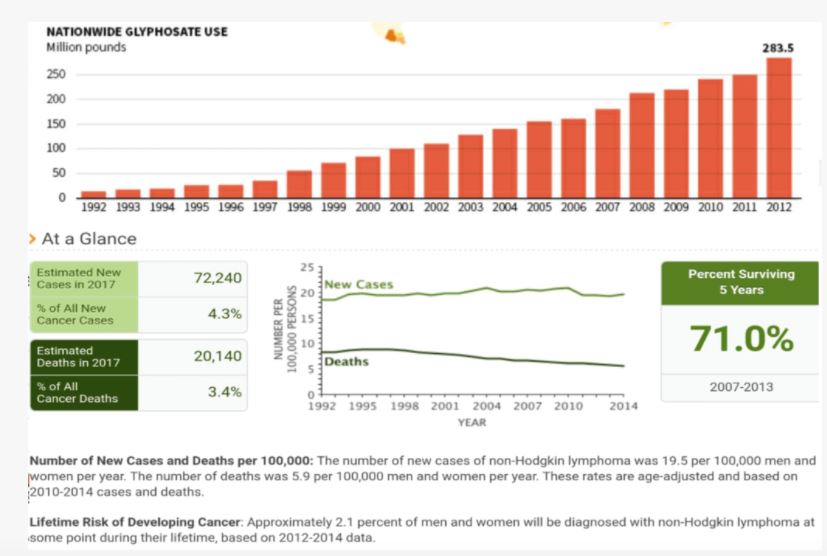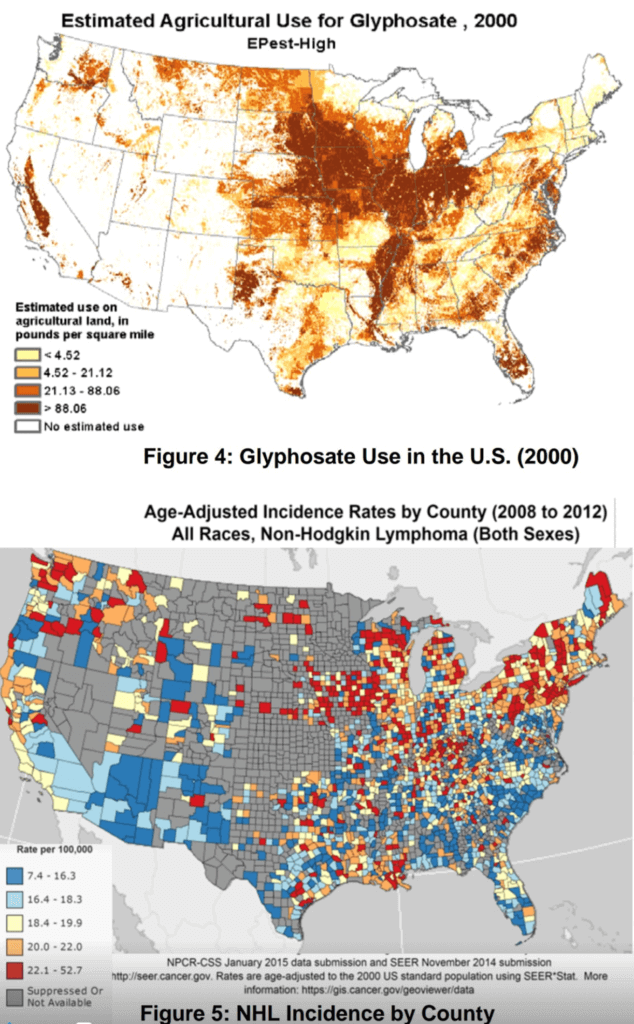Glyphosate fact checking
This is a very contentious subject, but how much of the media alarm over glyphosate is based upon actual risk assessment?
Having run my garden and orchard organically for many years, I was faced with invasive Vinca major and Himalaya blackberries that were taking an excessive amount of my time to control. Weed whacking, horticultural vinegar, or ammoniated soaps would kill the aboveground foliage, but the vines would sprout right back up and laugh at me. I’m anything but a corporate shill for spraying unnecessary or dangerous chemicals, so I researched, for my own health concern, about the safety of using a glyphosate herbicide (which also meant that I could no longer consider my property as “organic”).
I found that my own independent review of the literature did not support glyphosate as being of risk to me. Keep in mind that the label instructs the applicator to wear normal protective gear anyway! So I don’t use it in my garden beds, but have now used it in other areas on my property, spot-treating only those two specific invasives (with impressive results). That said, I am not a proponent of widespread use of glyphosate on landscapes, as eliminating all native vegetation and “weeds” eliminates the food plants necessary for pollinators and wildlife, and good soil structure is dependent upon vegetation coverage that provides plenty of plant roots. Any pesticide should be used only sparingly and in a sustainable manner.
I also must point out that we citizens hire the scientists at EPA to perform risk assessments for us. The EPA risk assessors also have families that they wish to protect. I have the honor of knowing the head of risk assessment personally from informal meetings and meals at conferences, as well as many phone and email conversations about protecting bees from pesticides. EPA knows how to do risk assessment, and can better analyze the data from any published or unpublished study better than any can layman or activist group. Bottom line: I have no reason to question EPA’s risk assessments, summarized at https://www.epa.gov/ingredients-used-pesticide-products/glyphosate
For an excellent and objective scientific review, read (of interest, search the word “honey”): Residues of glyphosate in food and dietary exposure https://ift.onlinelibrary.wiley.com/doi/10.1111/1541-4337.12822
For a very good review of glyphosate residues in off-the-shelf foods, the CFIA (Canadian Food Inspection Agency) analyzed 7955 samples of foods to determine the level of compliance of foods in the Canadian marketplace against established MRLs. Read the full report here: https://pubs.acs.org/doi/10.1021/acs.jafc.9b07819
That said, the best layman’s review of glyphosate was recently published at https://geneticliteracyproject.org/gmo-faq/is-glyphosate-roundup-dangerous/?mc_cid=527d29e2df&mc_eid=dc9006049b
I’ve snipped three informative graphics from the above article, since in my own prior research, they were three data sets that I had already graphed out myself:
Money-hungry, fear-provoking “activist groups” such as the Environmental Working Group, hire skilled marketers and lawyers to generate and post scary correlations about glyphosate and cancer. But correlation does not imply causality, as evidenced by the graph below:

For more humorous spurious correlations, see https://www.tylervigen.com/spurious-correlations
I had previously checked the databases of countries that had kept track of incidence of Non-Hodgkin’s Lymphoma and glyphosate use, and had found that although glyphosate use has skyrocketed over the years, the incidence of NHL has remained flat, which does not support a link between the two. Take a look at the two graphs below (from the GLP article):

If there was really any evidence that glyphosate caused NHL, we’d see it in the farmers who get it splashed all over their jeans all day long when applying it.
The maps below would clearly indicate if there was any connection between glyphosate application and NHL. There doesn’t appear to be one.

Bottom line: I’m far more likely to harm myself from picking, digging, and pulling out blackberries than I am from spraying them (once is usually enough) with glyphosate. I you have hard data that indicates that I should revisit my current assessment, please forward it to me!



